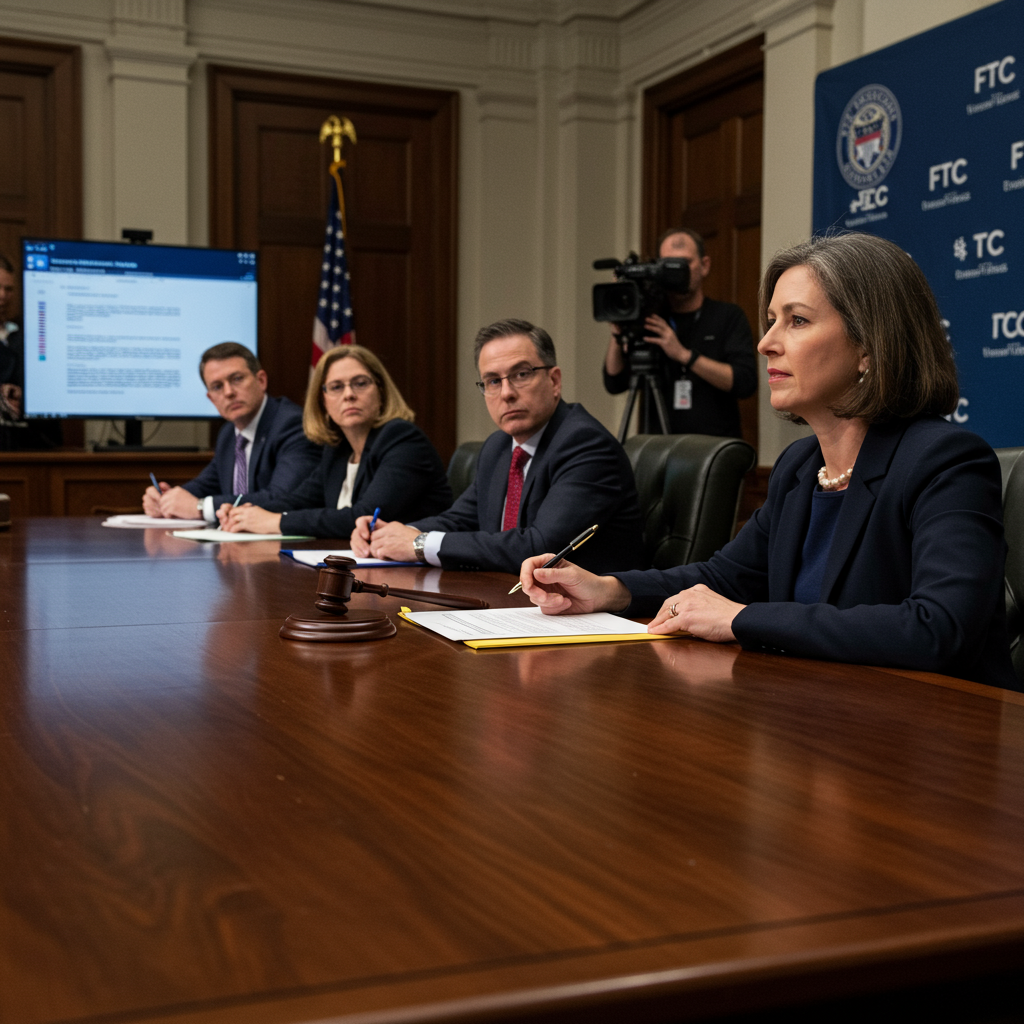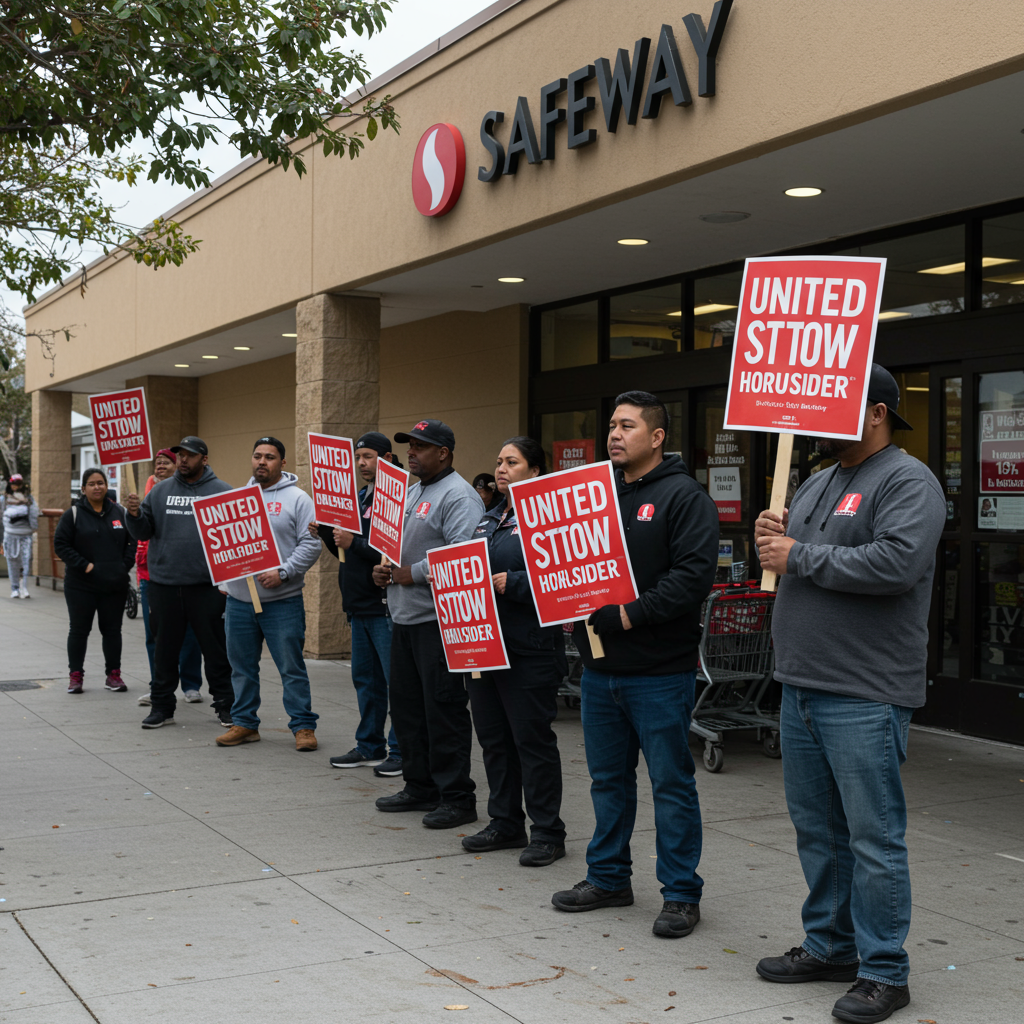Nike Forecasts $1 Billion Tariff Blow
Global activewear giant Nike is bracing for a significant financial hit, forecasting approximately $1 billion in additional costs directly attributable to tariffs previously imposed by the Trump administration. This substantial burden represents a “new and meaningful cost headwind” for the company, according to Nike’s Chief Financial Officer, Matthew Friend.
The tariffs, particularly impacting goods imported into the United States, are forcing Nike to adapt its strategies to mitigate the financial fallout.
Nike’s Strategy to Offset Tariff Costs
To counter the anticipated $1 billion expense, Nike is implementing a multi-pronged approach aimed at absorbing and offsetting the increased costs.
Shifting Global Supply Chains
A core part of Nike’s plan involves strategically reducing its reliance on China for products destined for the U.S. market. While acknowledging China remains a crucial part of its global sourcing base, Nike intends to decrease the percentage of U.S. footwear imports originating from China from approximately 16% currently to a “high single-digit range” by the end of fiscal year 2026.
This shift will involve optimizing its sourcing mix and allocating production differently across various countries. Historically, Nike has concentrated significant manufacturing in locations like Vietnam, Indonesia, and Cambodia, which will likely see increased production volume as part of this reallocation strategy.
Implementing Price Adjustments
Consumers can expect to see higher prices on some Nike products in the near future. The company plans to execute a “surgical price increase” on goods sold in the U.S., with these adjustments beginning in the autumn. While such price hikes could potentially impact sales volume, analysts suggest that other sportswear companies facing similar tariff pressures may also raise prices, potentially limiting any significant market share loss for Nike.
Pursuing Corporate Cost Reductions
In addition to supply chain adjustments and price increases, Nike is also looking inward to find savings. The company aims to reduce overheads through “corporate cost reduction” efforts, further contributing to its goal of fully mitigating the tariff impact over time.
Navigating Financial Headwinds and Turnaround Efforts
The news of the $1 billion tariff cost comes as Nike has been navigating a challenging period. The impact of tariffs combined with a slowdown in consumer spending contributed to a sharp decline in the company’s net income for the fourth quarter, which plummeted 86% to $211 million compared to $1.5 billion in the same period the previous year. Overall, Nike’s market value had dropped by a third over the past year, and its recent quarterly earnings were described by one analyst as the “worst in at least two decades,” suggesting the company “may nearly be at rock bottom” after a difficult post-pandemic phase.
Despite a 12% drop in fourth-quarter sales ($11.1 billion), the figure still beat analysts’ expectations slightly. However, turning around markets like China, which faces challenging economic conditions and increased competition, is expected to take time.
Despite the financial pressures, Nike CEO Elliott Hill expressed optimism about the company’s future and turnaround plans, stating it was “time to turn the page.” Hill is emphasizing a strategic shift back to Nike’s core focus on sport and product innovation. This includes plans to “aggressively rightsize” key franchises like Air Force 1, Dunk, and Air Jordan, while investing in successful categories like running shoes. The company has also increased its marketing spending, highlighting its focus on sponsored athletes and sports performance.
Investor Confidence and Future Outlook
Investors responded positively to Nike’s announcements and forward-looking statements, with shares jumping nearly 11% in premarket trading following the news. Analysts remain confident in Nike’s enduring market position. Despite recent challenges, Nike “remains the most significant brand in sportswear by a large margin,” providing a firm foundation from which to rebuild and pursue future growth.




